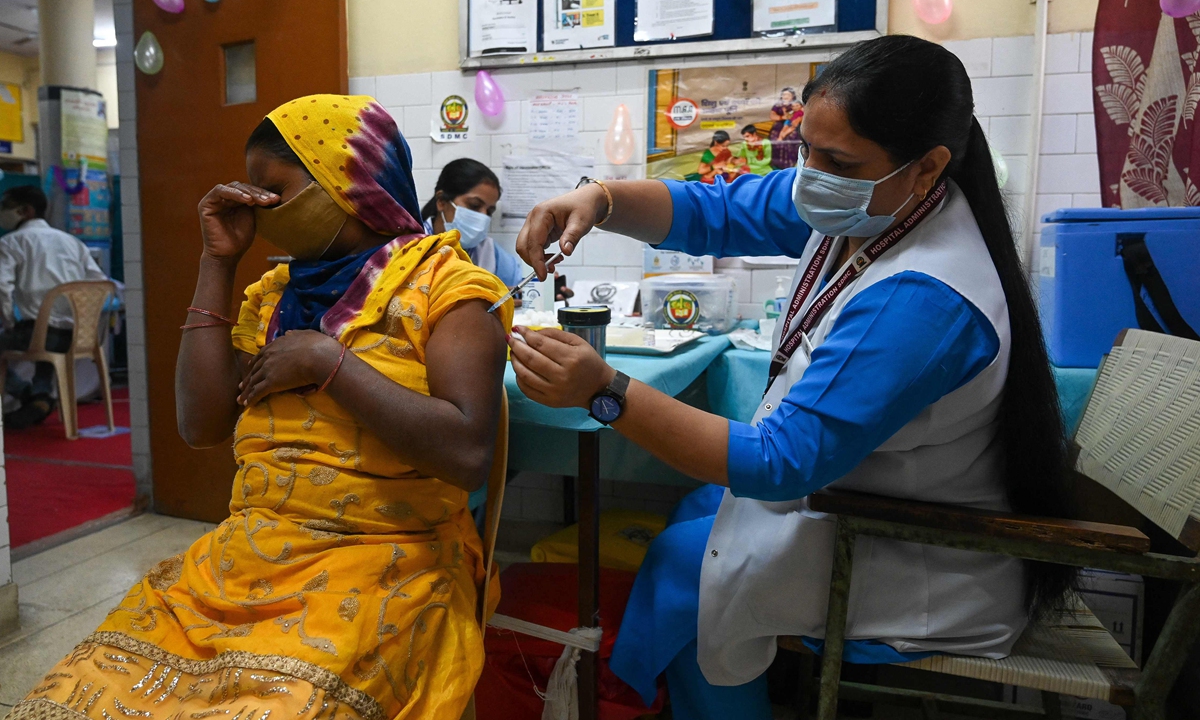The Staggering Worldwide Infection Rate of COVID
"We think between now and the end of 2022, this is the point where we get control over this virus ... where we can significantly reduce severe disease and death."Maria Van Kerkhove, epidemiologist, World Health Organization COVID technical lead"The loss of sense of taste and smell during acute illness is an indication of the penetration of the virus into the nervous system and increases the risk of long-term damage to memory and concentration.""Long COVID is a multi-system syndrome attributed to the period beginning 12 weeks after the acute illness. The information in the literature is preliminary only, and from it, we find around 10% of those who recovered will suffer from at least one symptom in this period.""The rate of the symptoms' appearance varies, and there is a lack of information on symptoms that continue beyond half a year and on the populations that are at increased risk for long-term consequences."Dr. Ilan Green, Study research director
 |
| A health worker inoculates a woman with a dose of the Covaxin vaccine against the COVID-19 at a health center in New Delhi, India on Thursday. Photo: VCG |
Over half of the world's population has not yet received a single dose of a COVID vaccine, according to Our World in Data. In low-income countries, fewer than five percent of the population have been given at minimum one dose. Leading the World Health Organization and other aid groups to appeal to the governments of the 20 largest economies for funding of a $23.4 billion program to close the gap in bringing COVID-19 vaccines, tests and drugs to emerging economies within the next year.
COVID cases worldwide are nearing the 250 million milestone. The surge experienced from the Delta variant, along with efforts to normalize trade and tourism is seeing some easing of the situation, even while some countries in eastern Europe are undergoing record outbreaks. Coincidentally, they are the same countries where vaccine uptake has been low, particularly in more rural farming and isolated communities..
Overall, in the large scale of things, the last three months has seen the daily average of cases falling by 36 percent, according to a Reuters analysis. However, while the virus spread appears to have relentedm 50 million people are still being infected every 90 days, resulting from the highly transmissible Delta variant's effect. Before its emergence, the original virus before mutation took place saw 50 million people infected worldwide over the space of a year.
There is growing confidence among experts in health care and epidemiology that in many countries the most serious effects of the pandemic are now behind them as a result of the availability of vaccines and from natural exposure. There is still, however, an expectation that the onset of colder weather along with seasonal holiday gatherings, an increase in cases could be realized.
Within the medical community globally, there has arisen through intensive study and observation, a better understanding of the SARS-CoV-2 virus causing COVID-19, though much has yet to be discovered about its volume of sometimes mysterious effects, including long COVID. As well, more intensive understanding has led to better treatments.
Britain is set to be the first country to approve a potentially successful COVID-19 antiviral pill which studies indicate could reduce the chances of dying or being hospitalized by half, for people most at risk of development severe COVID-19.
With good news there is often sobering news to balance the situation, and the reality is that infections are still on the rise in 55 of 240 countries. Russia, Ukraine and Greece are experiencing near record levels of reported cases since the start of the global pandemic two years earlier. Eastern Europe's vaccination rate is among the lowest in Europe. Over half of all new infections reported globally are from countries in Europe.
A million new infections are reported about every four days.
 |
| Medical personnel provides medical assistance to a COVID-19 patient inside the intensive care unit in an hospital which treats patients with COVID-19 coronavirus in Kiev on Nov 2, 2021. (SERGEI SUPINSKY / AFP |
Labels: Case Numbers Worldwide, COVID-19, Delta Variant, Eastern Europe, Vaccine Uptake, WHO

0 Comments:
Post a Comment
<< Home